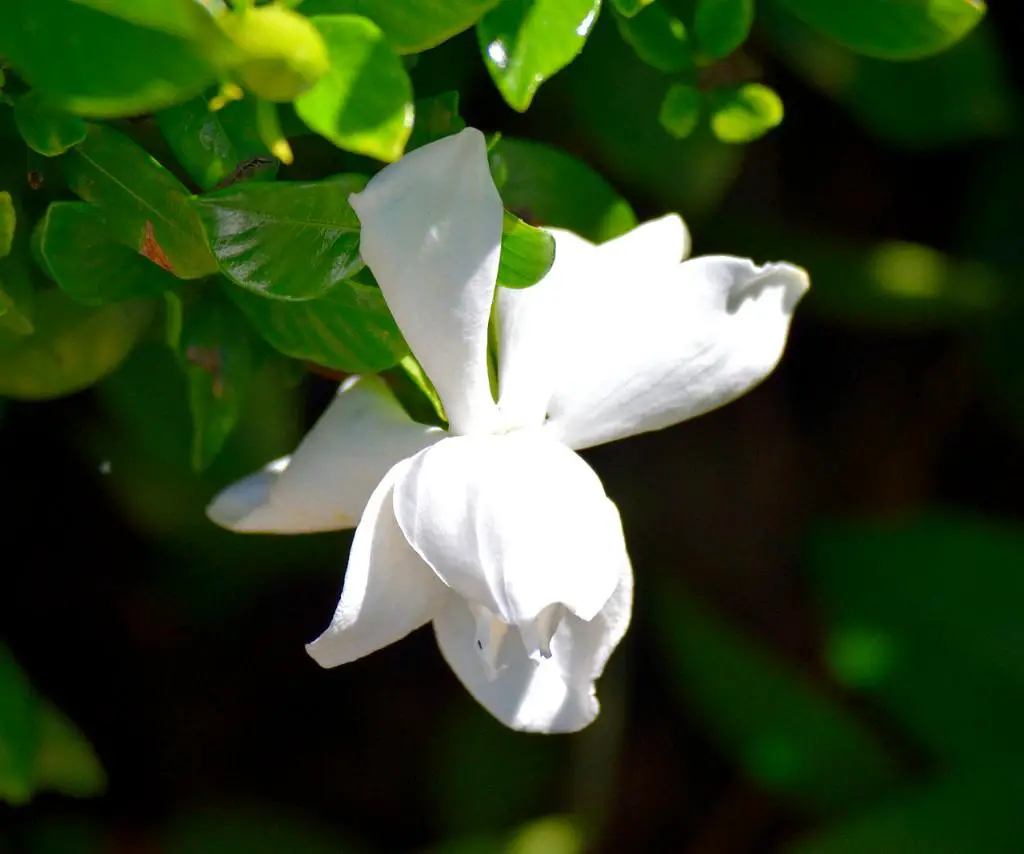If you are a plant enthusiast or simply appreciate the beauty of flowering plants, you may have come across the exquisite Gardenia. Known for their fragrant white flowers, Gardenias are evergreen shrubs that belong to the Rubiaceae family. These plants are popular for their glossy dark green leaves and stunning blooms that emit a captivating scent.
Gardenia plants are typically compact and can grow up to 2 to 8 feet in height, depending on the variety. They thrive in well-drained, acidic soil with plenty of sunlight, making them a perfect addition to gardens, patios, or indoor spaces.
Seed Pods on Gardenia Plants
Seed pods play a vital role in the reproductive cycle of Gardenia plants. These pods are formed after successful pollination, where the flower’s ovary swells and develops into a fruit-like structure that contains seeds. In the case of Gardenias, the seed pods are usually bright orange or red, making them easy to spot amidst the lush foliage.
The appearance of Gardenia seed pods signals the plant’s readiness for propagation. Each pod contains several small seeds that can be harvested for future plantings. If you’re keen on growing Gardenias from seeds, you can germinate them indoors during the winter months by providing ample sunlight and moisture.
Factors Affecting Seed Pod Production in Gardenia Plants
Several factors influence the production of seed pods in Gardenia plants. Pollination, both natural and assisted, is a crucial step in the formation of seed pods. Bees and other pollinators play a significant role in transferring pollen from one flower to another, setting the stage for seed development.
Environmental conditions such as temperature, humidity, and soil quality also impact the seed pod production in Gardenias. Providing the right care, including regular watering, fertilization, and pruning, is essential for encouraging healthy growth and development of seed pods.
Harvesting and Care of Gardenia Seed Pods
Knowing when and how to harvest Gardenia seed pods is essential for successful propagation. Typically, you can collect the mature seed pods in late summer or early fall when they have turned their characteristic color and feel slightly firm to the touch.
Storing Gardenia seed pods in a cool, dry place ensures their viability for future use. Proper care, such as protecting them from moisture and pests, can help preserve the seeds’ quality for extended periods. Following simple tips like labeling and organizing the harvested pods will make your propagation efforts more efficient.
Uses and Benefits of Gardenia Seed Pods
While Gardenia seed pods are primarily used for propagation purposes, they also hold ornamental value. These vibrant pods can be incorporated into floral arrangements or crafts, adding a touch of natural beauty to your decor.
Moreover, Gardenia seed pods have been traditionally used for their medicinal properties in some cultures. Whether for skincare remedies, herbal teas, or aromatherapy, these pods offer a range of potential benefits beyond their aesthetic appeal.
Conclusion
In conclusion, Gardenia plants do indeed produce seed pods as part of their reproductive cycle. Understanding the formation, care, and benefits of these pods can enhance your gardening experience and appreciation for these captivating shrubs. By exploring the world of Gardenia seed pods, you open up new possibilities for propagation, creativity, and holistic well-being in your plant journey.

